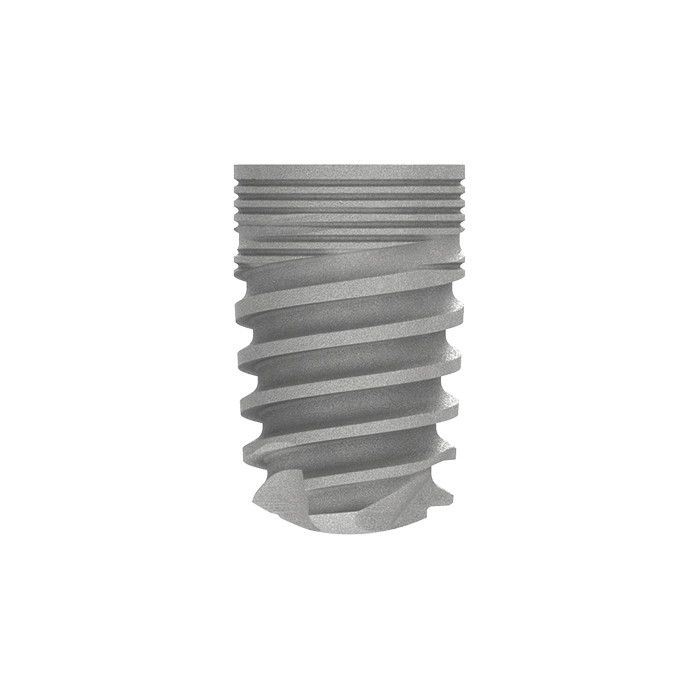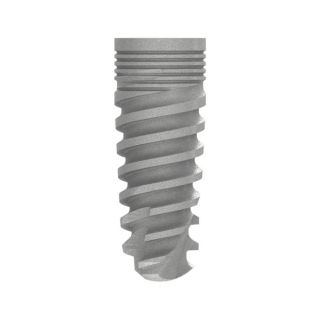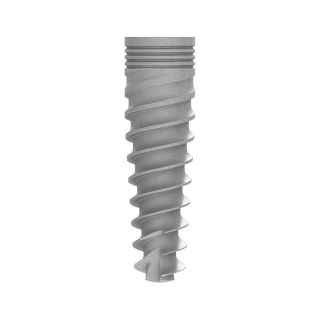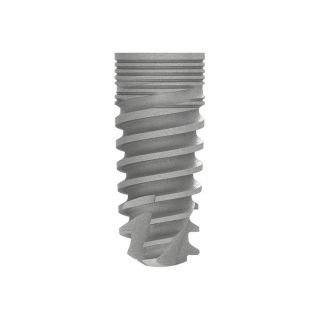The SEVEN implant has been enhanced with several key features that make this outstanding, top-selling internal hex implant even better. The biological stability and predictable esthetics of the SEVEN, combined with the extensive research and development process which has led to these new improvements, have given the SEVEN a potential advantage in soft tissue preservation and growth as well as an array of restorative benefits. The combination of its unique features were designed to provide the dentist with higher predictability, better esthetic results and bone preservation.
High initial stability
The SEVEN’s root-shaped geometry and unique threads are designed to enable excellent primary stability, offering the ultimate choice for a wide range of clinical cases. This allows for a simpler and faster implant placement.
Bone preservation
The SEVEN implant now incorporates the platform-switching design concept. Implants with a platform-switched configuration have been shown to exhibit less bone loss when compared to non-platform-switched implants, which may lead to soft tissue preservation and growth.
The straight neck, combined with the compatible final drill, may lead to crestal bone preservation.
Micro-rings on the implant neck improve BIC (Bone-to-Implant-Contact) at the crestal zone, and are designed to reduce pressure on the cortical bone to minimize resorption at the implant neck.
Esthetics
The SEVEN now includes a variety of concave emergence profile abutments which, as scientific research has proven, when combined with platform switching, may increase soft tissue volume. Gold shaded prosthetics enable less reflection of the component through the gingiva.
Safety
Each SEVEN implant is supplied with a single-use final drill corresponding to the correct diameter and length, allowing for a short and safe drilling procedure. The dome-shaped apex prevents over-insertion for safer implant placement.
Clinical success
The surface roughness and micro-morphology of all MIS implants, is a result of sand-blasting and acid-etching. This MIS established surface technology has provided millions of patients with excellent osseointegration results and long-lasting clinical success, and is backed by years of research and supporting data.
























